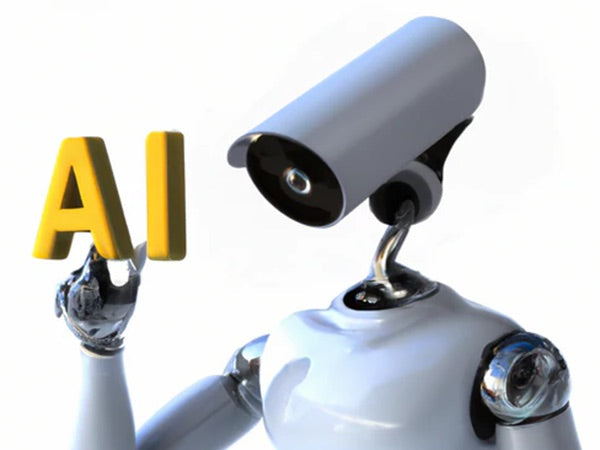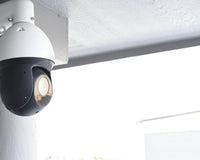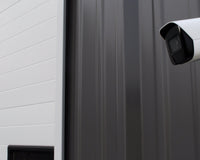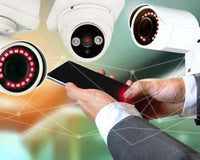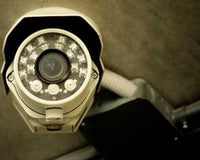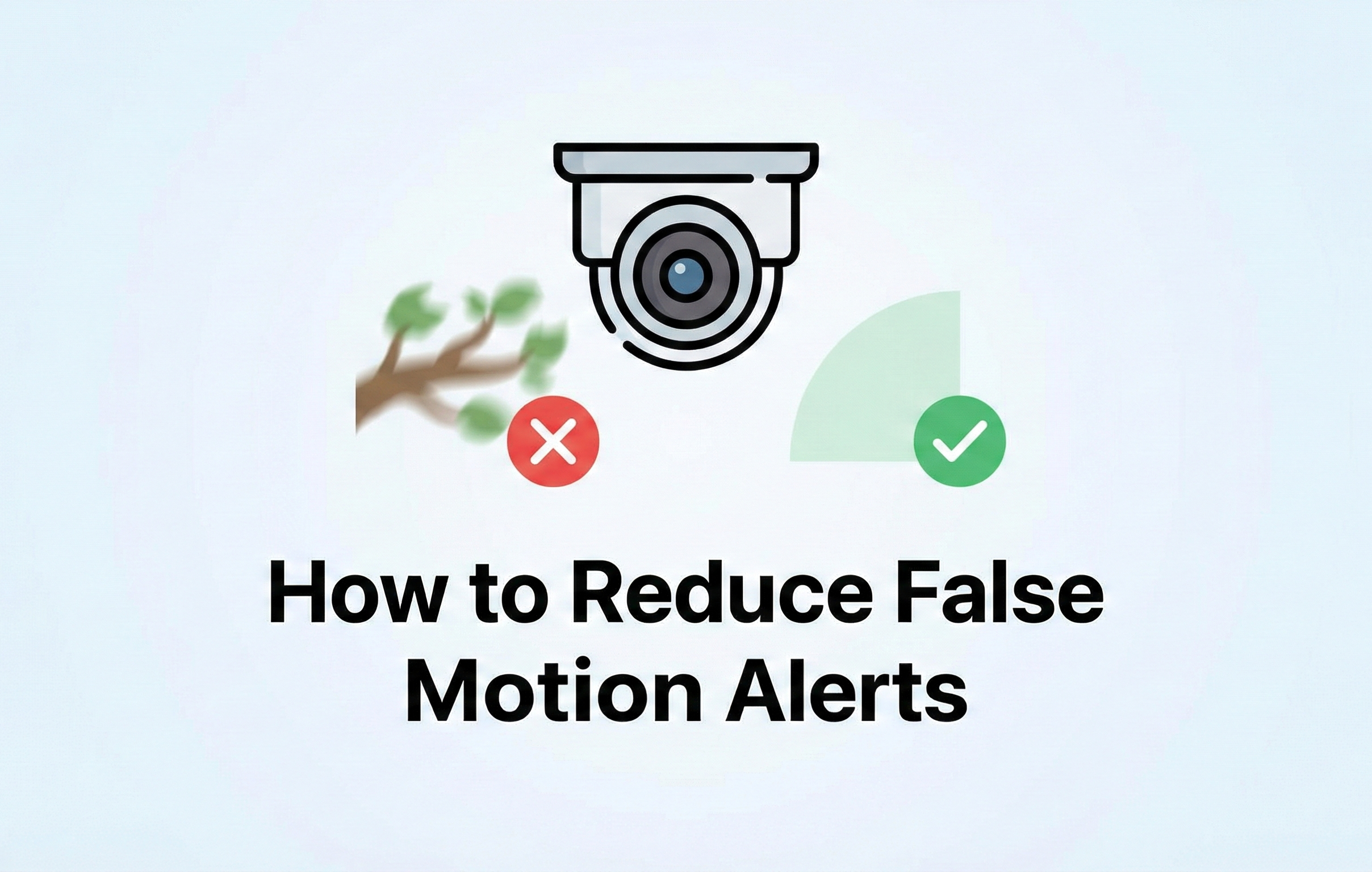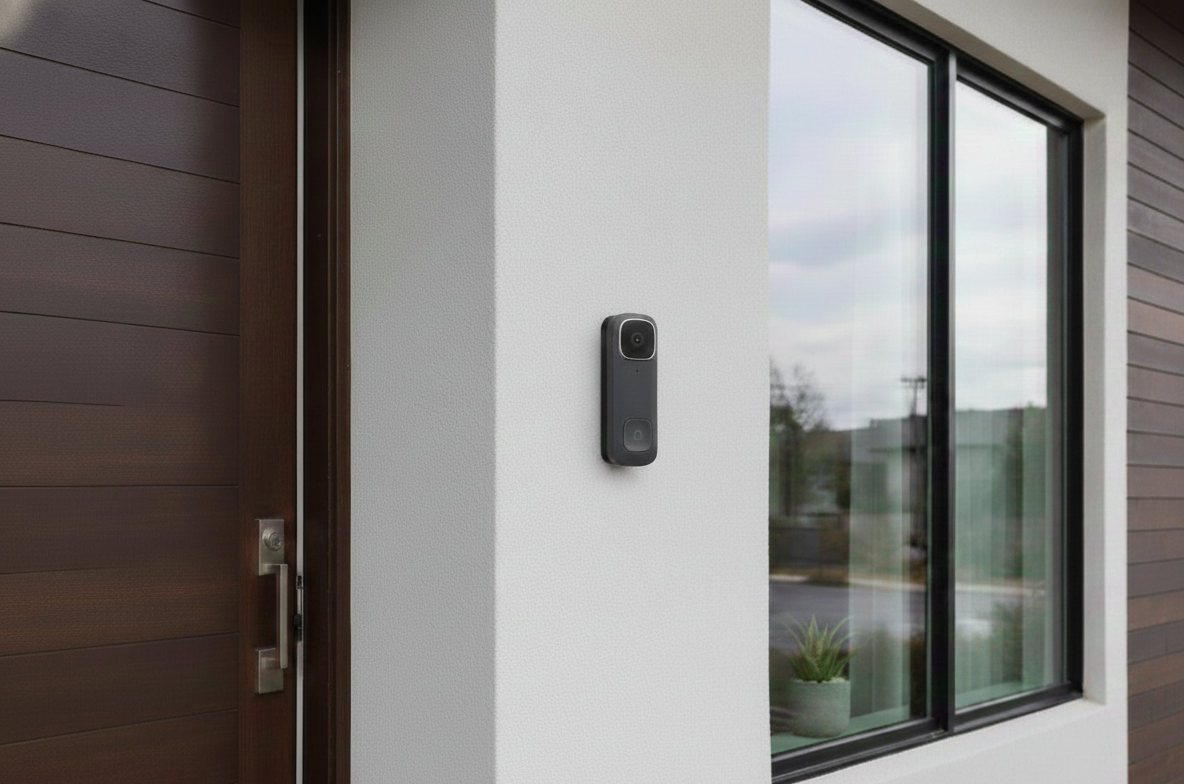Artificial Intelligence is a rapidly advancing field, and we see its effects across industries and professions. The security industry is certainly feeling the effects, we have features available to us now that were unthinkable just a few years ago. There are a few different ways that A.I. is becoming a critical component of any modern security system, and today we’ll go over a few of them.
Computer Vision and Object Detection
The first and foremost development we’ve seen has been in object recognition and computer vision. Advanced training of AI models on large image data sets has given us the ability to categorize objects as humans, as well as vehicles reliably. Recent improvements have made these algorithms much more efficient, and they are now able to run on microchips that are small enough and use little enough power to be installed within security cameras themselves. The ability to identify objects has several powerful applications.
Intelligent Notifications
The most used benefit of object recognition that we’re seeing today is intelligent notifications. Most modern security cameras will have basic motion detection which simply looks for pixel changes and categorizes these as motion events. Unfortunately, with rudimentary motion detection algorithms, we receive a dearth of unnecessary and overwhelming false positives. These often come from things like leaves blowing, a tree moving, or a shadow changing. If you’ve ever set up notifications with this type of motion detection, you’ll know it can often become so overwhelming that you end up turning them off. AI Computer Vision algorithms are now able to identify certain objects, notably people and vehicles. This allows us to filter out irrelevant events, which means that when you get a notification - you can know it’s worth investigating. Our latest iteration, Smart Motion Detection 4.0, has an industry-leading 98% accuracy rating. Read more about Smart Motion Detect in this blog, and check out products that feature SMD 4.0 on our website.
Footage Analysis
When an object is detected and categorized, that information is saved in the system and associated with the time when it was observed; allowing the user to look at a timeline of a recording and quickly identify important moments. This significantly cuts down on the time required to locate and analyze large amounts of footage, an otherwise laborious process.
New developments in feature extraction algorithms are also enabling certain cameras, such as our MTT4097 or MTZ4040-IRAISMD, to identify faces and assign attributes. This metadata can later be used to search through footage to identify when an individual with a certain attribute was recorded. Keep in mind this data is not connected to any larger database and will not be able to specifically identify an individual, simply certain characteristics.
Auto-Tracking for PTZ Cameras
One of the most apparent AI developments in security cameras is the Auto Tracking functionality for PTZ (Pan, Tilt, Zoom) cameras. This is a relatively new feature to the industry, but it is already making big strides. Auto Tracking uses AI object recognition to identify a target and track them through the area, autonomously using the pan tilt and zoom capabilities to focus on the target and deliver a clear clip of its movement.
Early auto-tracking algorithms were rudimentary and had a hard time maintaining a lock on the target, to the point where they were impractical to utilize. With recent developments in AI technology, object recognition has matured and become consistent. Further relevant machine learning algorithms include PFA (Predictive Focus Algorithm) which is used to predict a target’s movement vector, this allows the camera to anticipate movement and keep the target in frame. Without PFA auto-tracking cameras are quick to lag behind an object, and can more easily lose it altogether. To learn more about the specific recent advancements in our Auto-Tracking algorithms, check out this article on Auto Tracking 3.0.
These algorithms have also come a long way regarding their computational efficiency. In conjunction with the ever-decreasing size and power requirements, as well as increased capabilities of microprocessors, is allowing manufacturers to include these features in cameras.
Auto Tracking in PTZ cameras allows several unique benefits. One is the ability of a single camera to monitor a large (360°) field of view, while still being able to focus in on activity when required. Because of this, Auto Tracking is particularly useful in parking lots, and for monitoring the outside of businesses. When implemented using advanced techniques such as PTZ Activation, it becomes possible to fine-tune your system exactly how you need it. Auto Tracking is currently featured on our MTZ8250 as well as a few other brand-new cameras you can learn more about here.
Self Scene Adaptation
There are many other areas where AI has impacted security cameras. One such example is called SSA (Self Scene Adaptation). SSA uses machine learning on image results to dynamically adjust image parameters such as brightness, contrast, etc… to deliver the best quality image throughout the day. This allows the camera to deliver the best quality image through drastic changes in lighting conditions, without requiring manual configuration from the user. Read more about Self Scene Adaptation on our blog.
Other features such as AI Heat Maps

The implementations of object recognition are being expanded to include other exciting capabilities. This allows some cameras to compile information over a given period of time to create data that can be used to gain an understanding of patterns that are otherwise hard to ascertain. This can be seen in current cameras with a feature called Heatmap, which creates a heatmap of activity density. To read more about the benefits of this specific feature, check out our blog.
These are just some of the features that are available now, with many others in development. Some of these implementations will include fight detection, fall detection, fire detection, and more.
The Future of AI in Security
The security industry is benefiting greatly from advancements in Artificial Intelligence, allowing end users to achieve more and more with their security systems. We are now able to automate and streamline many processes, and the possibilities truly are infinite. We at Montavue are excited to have cameras that feature this technology and are eager to see where the future of AI in security systems leads us.

